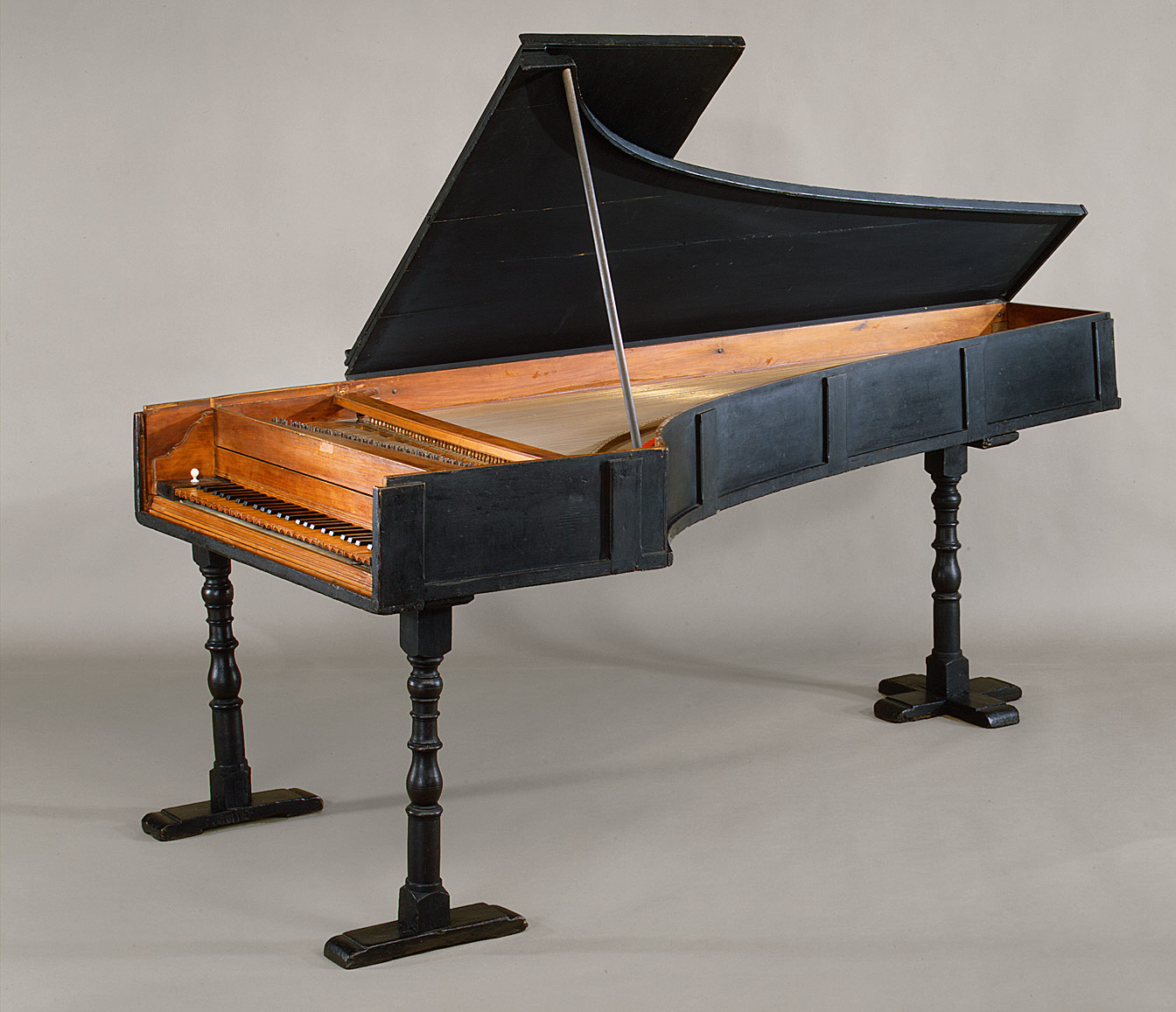First of all, I’d like to thank Alina, my instructor, for giving me the opportunity to explore my interest and passion in this class. Instead of looking into a local issue like what I did in Gateway, I was able to talk to two great pianists in our music school and share their stories via my multimedia story.
It’s been a while since I interviewed and filmed subjects. I’m lucky to have met LiLi who is really experienced in filming and production. She has helped me a lot in different ways. I’m so fortunate that I have contacted and interviewed Priscilla Dantas and Nattapol Tantikarn. I find them both interesting because both subjects are international students who came all the way from another continent to pursue their dreams and passions. Priscilla was honored to play with the Symphonic Orchestra of Recife and Nattapol has won a few UO piano competitions and has recently performed at his Doctoral Recital. Both of their dreams is to becoming an international concert pianist and they are both working hard to strive for what they want. As a pianist (or I’d say – a girl who has played piano for more than 15 years), I respect the two of them because I know being in the music career is not an easy route. Through the conversations I had with Priscilla and Nattapol, I can see their enthusiasm and passion.
I am really grateful for both of my sources because they have great stories to tell. Even though they have a busy schedules and it took them a while to reply to my requests/emails, they were able to sacrifice their practicing period (they practice piano for up to 5 hours a day!) and let me interview them. I really enjoyed interviewing them and editing the video because every time when I watch those clips, I feel their passion. I love to watch them playing the piano and immersing themselves in their music.
Overall, I’m really satisfied that my subjects have great personal stories and have showed their excitement and passion for music and piano. I hope I could have more time to work on my project and can spend more time with the subjects to create a short documentary of their music career. I think this story can really inspire people who also have the same dream and passion. I think I could have put in a few of their old (childhood) pictures that could resonate with what they were saying in the interview. At first, I thought by showing more of the clips of the interview, the audience can see the subjects’ excitement through their facial expressions and gestures. But I guess some audiences might not be able to relate with the interviewees, so I think I could add in some visual images. I also wish that I could learn how to use the three-point lighting equipment so I could produce a better quality video for my multimedia story.













